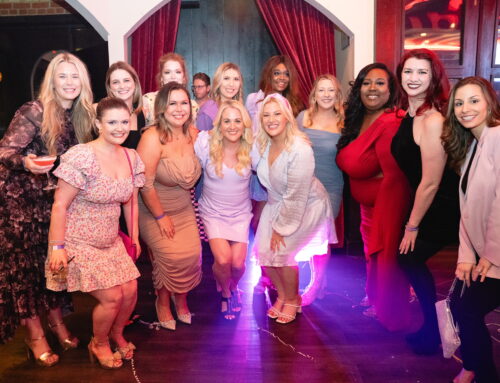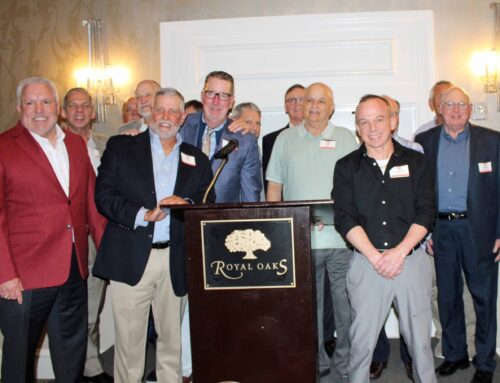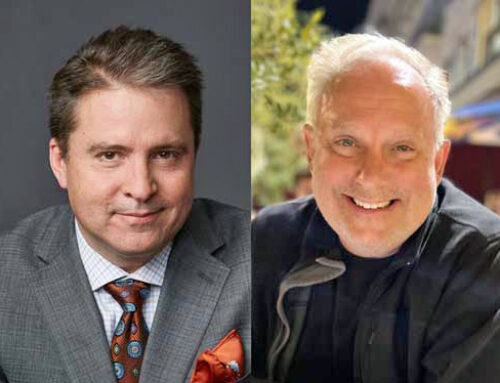
Fantastic Beasts
On the surface, it’s easy to dismiss Fantastic Beasts and Where to Find Them as a cynical cash-grab squeezed from a lucrative franchise. It comes as a pleasant surprise that Fantastic Beasts not only proves there’s still new ground to trod in J.K. Rowling’s magical world — for now, at least.
Written by Rowling and directed by David Yates (who helmed the previous four Potter movies), the movie is derived from rich source material (an eponymous pseudo-textbook/bestiary and the Potterverse in general) rather than a strict adaptation, which is perhaps its greatest strength; its twists, turns, and revelations are largely fresh and unspoiled, and Rowling has room to breathe while making her debut as a screenwriter.
The movie consists of two separate plot threads that cross paths a few times on the way to a shared climax. The main story centers on Newt Scamander (Eddie Redmayne), an eccentric young wizard and “magizoologist” — basically a supernatural naturalist whose life work is to collect, catalog, and protect magical creatures, which he stores in a TARDIS-like suitcase whose interior is a sprawling wildlife park that Marlin Perkins would have killed for.
 His work becomes a bit of a nightmare when Scamander, played to the hilt of charming awkwardness by Redmayne, arrives in New York City circa 1926 and his Niffler (a kleptomaniacal platypus thingy) escapes, followed by several more magical critters after a mix-up with factory worker Jacob Kowalski (Dan Fogler). The latter is a “No-Maj” (that’s American for “Muggle”), whose worldview is hugely altered when he, Newt, demoted wizard-cop Porpentina Goldstein (Katherine Waterston), and her empath sister Queenie (Alison Sudol) attempt to recapture the wayward animals before they wreak too much havoc.
His work becomes a bit of a nightmare when Scamander, played to the hilt of charming awkwardness by Redmayne, arrives in New York City circa 1926 and his Niffler (a kleptomaniacal platypus thingy) escapes, followed by several more magical critters after a mix-up with factory worker Jacob Kowalski (Dan Fogler). The latter is a “No-Maj” (that’s American for “Muggle”), whose worldview is hugely altered when he, Newt, demoted wizard-cop Porpentina Goldstein (Katherine Waterston), and her empath sister Queenie (Alison Sudol) attempt to recapture the wayward animals before they wreak too much havoc.
Their timing sucks: A violent, invisible force has smashed entire tenement buildings and soon graduates to murder. This is used to fuel hysteria by Mary Lou Barebone (Samantha Morton), leader a group of anti-witch crusaders called the New Salem Philanthropic Society, which is more interested in the witch-hunting than the philanthropy. Barebone makes a show of fostering children from magical families, abusing the ones who don’t conform to her harsh rhetoric. One such child is Creedence (Ezra Miller), a deeply troubled lad with a mysterious connection to Percival Graves (Colin Farrell), the director of magical security for the Magical Congress of the United States of America. As if that weren’t enough trouble, there’s also a wizard-dictator on the rise.
Redmayne makes a solid Doctor Who-esque lead, but his co-stars make him work for his share of the spotlight with characterizations and performances that evoke a Golden Age feel. Waterston makes for an enjoyably sweet and earnest yet tough as nails leading lady who is no mere damsel in distress. Fogler plays Jacob as much more than just a hapless sidekick, and his romance with Queenie has such amazing chemistry that even this hardened critic got a little choked-up.
Rowling’s trademark social consciousness is on display throughout, and the story’s themes of irrational hatred toward those we see as “other”, the dangers of complacency, the extent to which some pursue power and control, and the risks of isolationism feel eerily prescient. Her sharp ear for dialogue and ability to turn a phrase adds sizzle to the steak; hopefully she has several more scripts in her future.
If there is a sizable complaint to be had about Fantastic Beasts it’s that it falls prey to the usual bloated excess that has come to define modern big-budget blockbusters, including the same over-reliance on fast-and-furious set-pieces and mass urban destruction as a go-to climax. In these instances Rowling’s sensibilities clash with those of Yates; fortunately, the movie is all the better for it.





